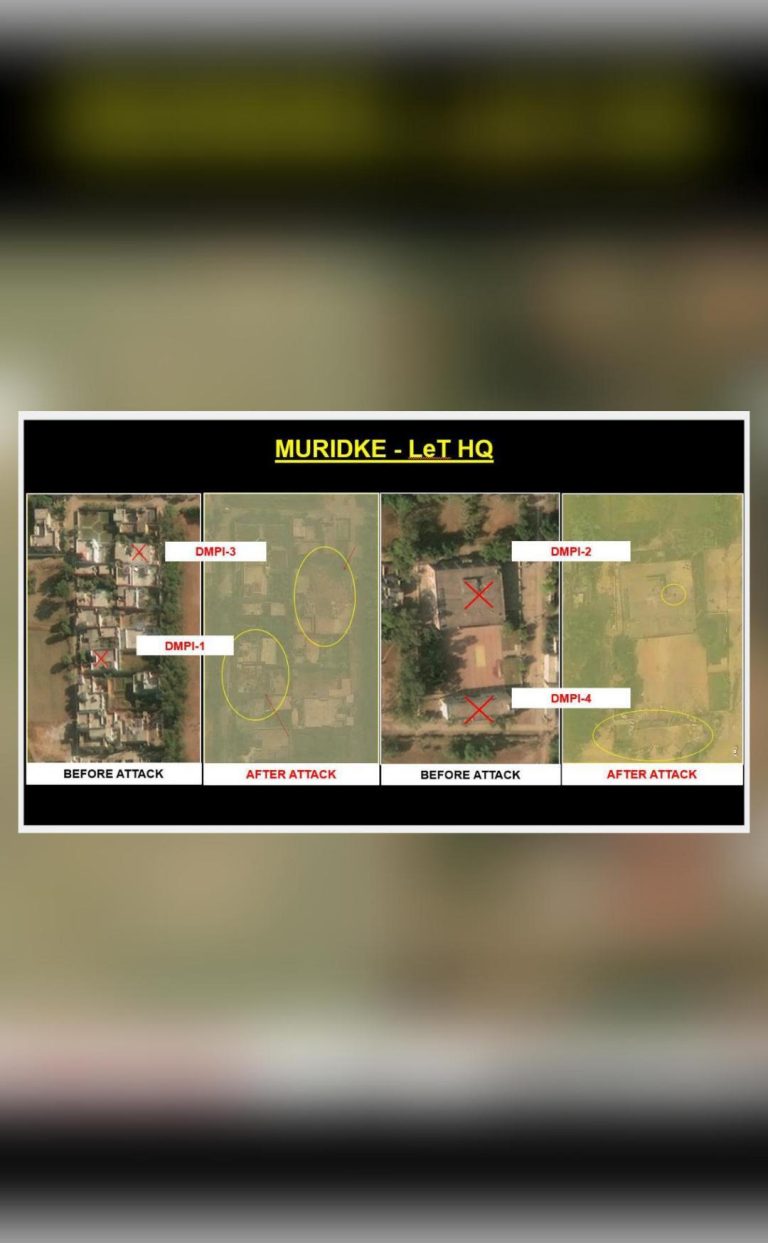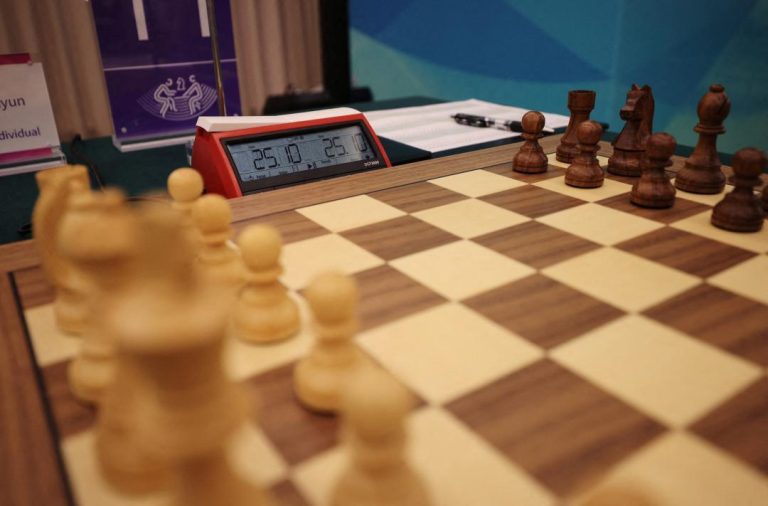
Title: Saree Hidden in Farmhouse Led to Prajwal Revanna’s Conviction in Rape Case
In a shocking turn of events, a saree, hidden away in former JD(S) MP Prajwal Revanna’s farmhouse, has been revealed as the crucial forensic evidence that sealed his fate in a rape case. The 47-year-old domestic worker, who was allegedly assaulted by Prajwal, had reported the incident to the police, but it took a thorough investigation and a series of raids to uncover the evidence that proved the former MP’s guilt.
According to India Today, investigators found the saree, still carrying traces of physical evidence, inside the attic of Prajwal’s farmhouse during a raid. It is alleged that Prajwal had taken the saree from the survivor after the assault and never returned it to her. The saree, which was found hidden away in the attic, was a vital piece of evidence that linked Prajwal to the crime.
The case against Prajwal was investigated by the Karnataka Police, who collected a range of evidence, including the saree, that was analyzed at the forensic laboratory. The saree, which was found to contain physical evidence of the assault, was a key piece of evidence that helped build the case against Prajwal.
The survivor, who was employed at Prajwal’s farmhouse, had reported the incident to the police in August 2020. She had alleged that Prajwal had sexually assaulted her on several occasions, and had threatened to harm her if she reported the incident to anyone. The police launched an investigation into the matter, but it took several months to gather evidence and build a strong case against Prajwal.
The investigation was led by the Karnataka Police’s Special Investigation Team (SIT), who conducted a series of raids at Prajwal’s farmhouse and other locations. It was during one of these raids that the saree was found hidden away in the attic. The saree was analyzed at the forensic laboratory, where it was found to contain physical evidence of the assault.
The forensic evidence, including the saree, was used to build a strong case against Prajwal. The prosecution argued that the saree, which was found in the attic of Prajwal’s farmhouse, was a key piece of evidence that linked him to the crime. The prosecution also presented evidence from other witnesses, including the survivor and other domestic workers who had worked at the farmhouse.
The case against Prajwal was heard in a Bengaluru court, where he was found guilty of rape and sentenced to life imprisonment. The conviction was a significant victory for the survivor and her family, who had fought for justice for over two years.
The case against Prajwal highlights the importance of forensic evidence in criminal investigations. The saree, which was found hidden away in the attic, was a crucial piece of evidence that helped build the case against Prajwal. The forensic analysis of the saree, including the physical evidence it contained, was a key part of the prosecution’s case.
The case also highlights the importance of protecting the rights of survivors of sexual assault. The survivor in this case reported the incident to the police, but it took several months to gather evidence and build a strong case against Prajwal. The case underscores the need for swift and effective action to be taken to protect the rights of survivors of sexual assault.
In conclusion, the saree hidden in Prajwal Revanna’s farmhouse was a crucial piece of evidence that contributed to his conviction in the rape case. The forensic analysis of the saree, including the physical evidence it contained, was a key part of the prosecution’s case. The case highlights the importance of forensic evidence in criminal investigations and the need to protect the rights of survivors of sexual assault.






